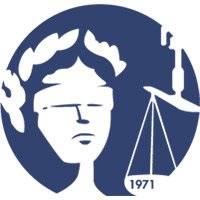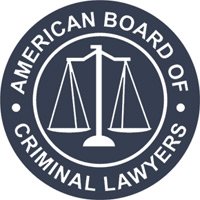MOTION TO QUASH GRAND JURY
Perhaps the most fundamental objection raised regarding grand juries concerns their composition and selection. Courts have uniformly recognized the right of a defendant (as opposed to a mere grand jury witness) to raise the issues of grand jury composition. See, e.g., Alexander v. Louisiana, 405 U.S. 625 (1972); Carter v. Jury Commission, 396 U.S. 320 (1970). A successful challenge to a grand jury’s composition or selection is a particularly potent defense inasmuch as any indictment issued by an improperly composed jury is considered invalid. Therefore, though such challenges are rarely successful and often very difficult to maintain, they are worth considering.
MOTION TO QUASH GRAND JURY
1See Goldberg v. Kelly, 397 US 254 (1970).
Systematic exclusion of an identifiable group from the Grand Jury constitutes a denial of “due process” and equal protection. In the case of a “petit jury”, the same denies the accused his Sixth Amendment right to a jury comprised of a representative cross-section of the community.
Coleman v. Alabama, 389 U.S. 22 (1967);
Jones v. Georgia, 389 U.S. 24 (1967) (burden upon state to explain disparity);
Sims v. Georgia, 389 U.S. 404 (1967);
Castaneda v. Partida, 430 U.S. 482 (1977) (three-prong test);
Vasquez v. Hillery, 474 U.S. 254 (1986).
Even though a fair trial cures many defects in the grand jury process, it does not correct systematic underrepresentation of an identifiable group on the grand jury. U.S. v. Mechanick, 475 U.S. 66 (1986) [Trial cures many defects but does not cure systematic underrepresentation.]
“[The State] urges this Court to find that discrimination in the grand jury amounted to harmless error in this case, claiming that the evidence against respondent was overwhelming and …the [R]espondent’s conviction after a fair trial, we are told, purged any taint attributable to the indictment process. Our acceptance of this theory would require abandonment of more than a century of consistent precedent . . . .
[We are not], persuaded that discrimination in the grand jury has no effect on the fairness of the criminal trials that result from that grand jury’s actions. The grand jury does not determine only that probable cause exists to believe that a defendant committed a crime, or that it does not. In the hands of the grand jury lies the power to charge a greater offense or a lesser offense; numerous counts or a single count; and perhaps most significant of all, a capital offense or a noncapital offense – all on the basis of the same facts. Moreover, ‘[t]he grand jury is not bound to indict in every case where a conviction can be obtained’ Thus, even if a
grand jury’s determination of probable cause is confirmed in hindsight by a conviction on the indicted offense, that confirmation in no way suggests that the discrimination did not impermissibly infect the framing of the indictment and, consequently, the nature or very existence of the proceedings to come.” Vasquez v. Hillery, 474 U.S. 254, 262-263 (1986).











